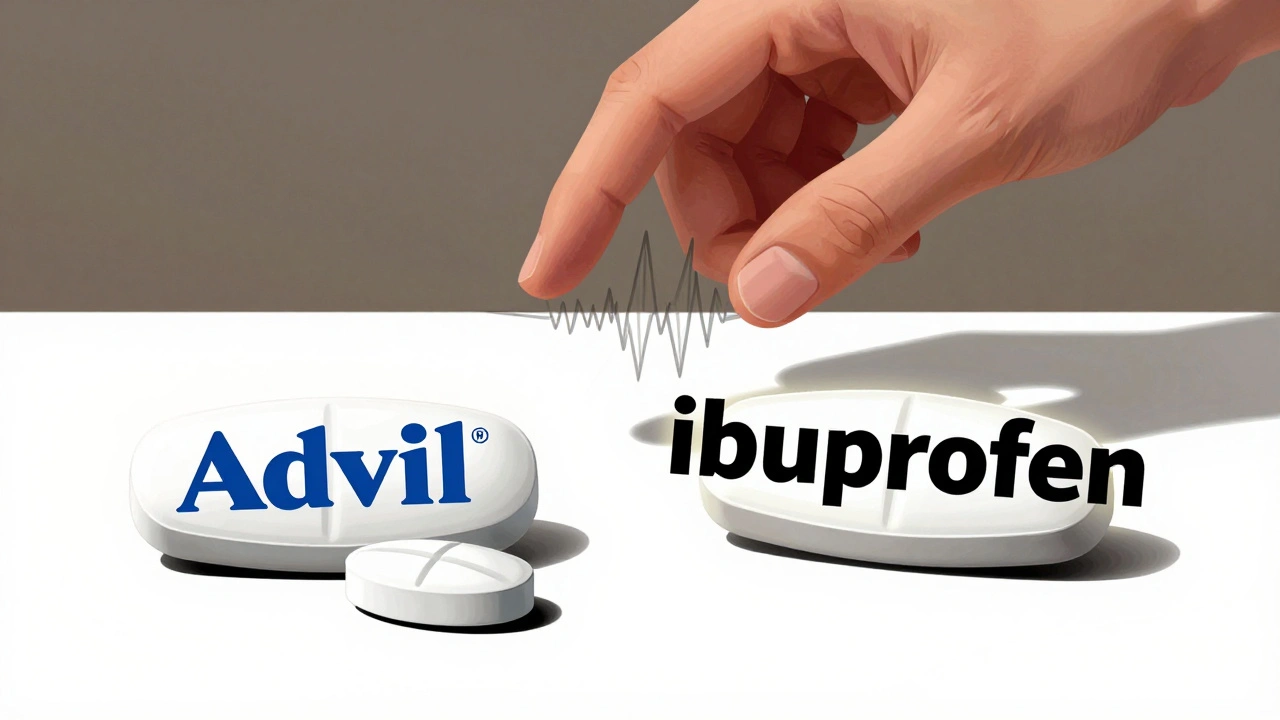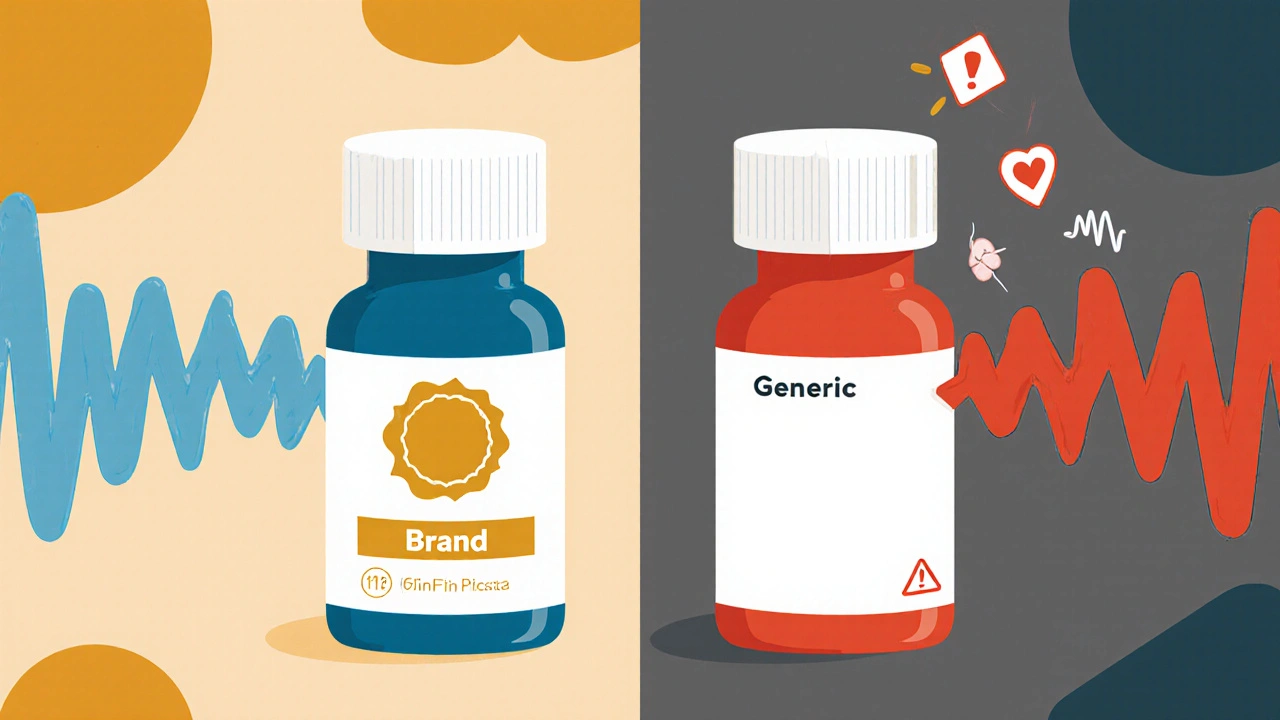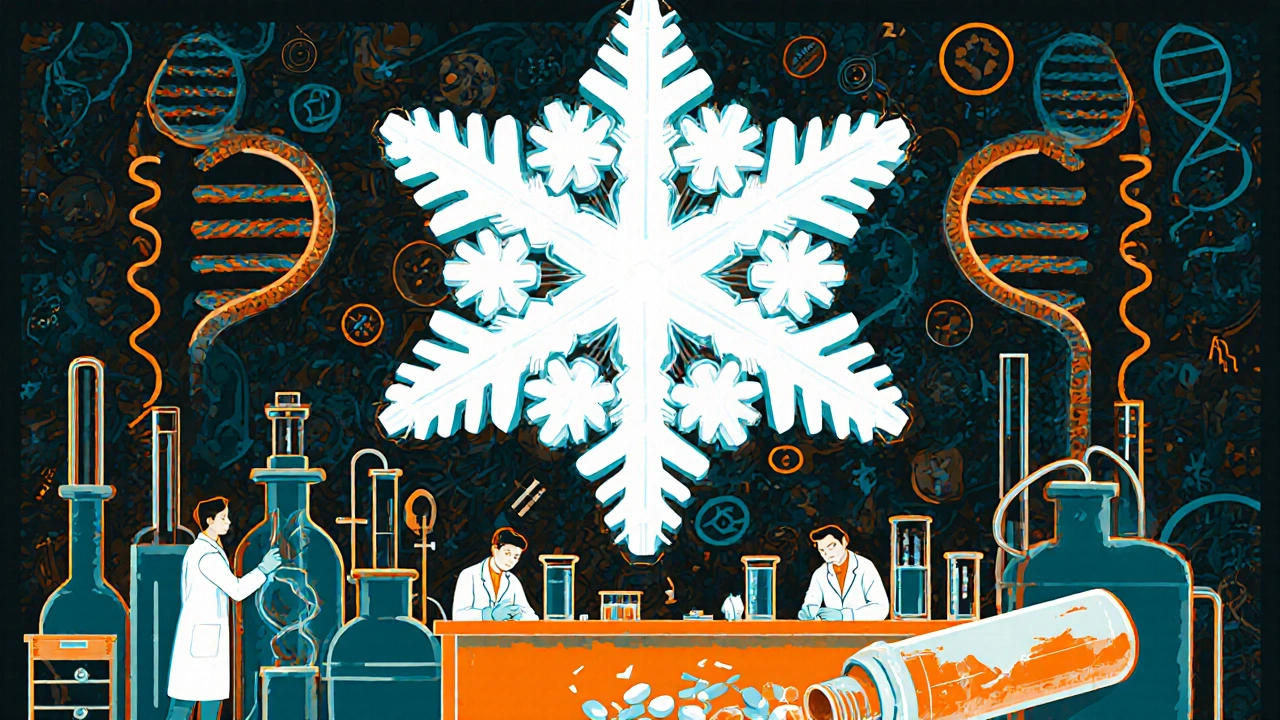Generic Drugs: What They Are, How They Work, and Where to Buy Them Safely
When you hear generic drugs, lower-cost versions of brand-name medications that contain the same active ingredients, dosages, and intended uses. Also known as non-brand medications, they make up over 90% of prescriptions filled in the U.S. because they work just like the originals—but cost a fraction of the price. You might worry they’re weaker or made in shoddy labs, but that’s not true. The FDA requires them to meet the same strict standards for safety, strength, and quality as brand-name pills. The only differences are the color, shape, or inactive ingredients like fillers—and sometimes, the price tag.
How do they get approved? Through the ANDA process, the legal pathway for generic drug approval in the U.S., requiring proof of bioequivalence and identical manufacturing practices under the Hatch-Waxman Act. That means every generic must prove it delivers the same amount of medicine into your bloodstream at the same rate as the brand name. This isn’t guesswork—it’s science. And it’s why a 30-day supply of generic lisinopril costs $4 instead of $150 for the brand. The bioequivalence, the measure proving a generic drug performs the same way in the body as its brand-name counterpart isn’t just a buzzword—it’s the legal and scientific backbone that keeps you safe.
People buy generic drugs because they need to. Not everyone can afford $500 for a month’s supply of brand-name insulin or $300 for a heart medication. Generics aren’t a compromise—they’re a lifeline. And they’re not just for chronic conditions. You’ll find them for antibiotics like ciprofloxacin, allergy meds like cetirizine, even erectile dysfunction pills like tadalafil. The posts below cover real-world comparisons: how generic ciprofloxacin stacks up against the brand, why generic Zyrtec works just as well, and how to avoid sketchy online sellers while saving money. You’ll also see how the Hatch-Waxman Act, the 1984 law that created the modern framework for generic drug approval in the U.S. changed healthcare forever—making life-saving drugs accessible to millions.
Some worry about side effects or quality control, especially when buying online. But the truth is, most generic drugs are made in the same factories as brand names, just under different labels. The FDA inspects them. The same standards apply. The only real risk comes from unregulated websites selling fake pills. That’s why we’ve included guides on how to spot legitimate pharmacies and avoid counterfeit drugs—whether you’re buying generic Lasix, Neurontin, or Claritin. You don’t need to pay more to get more. You just need to know where to look.





